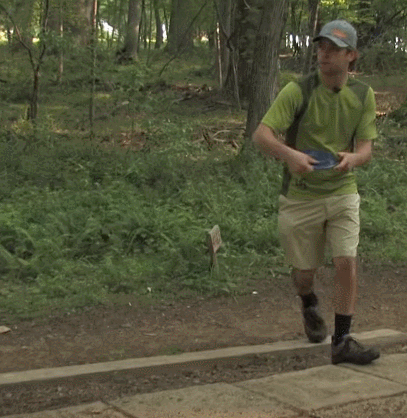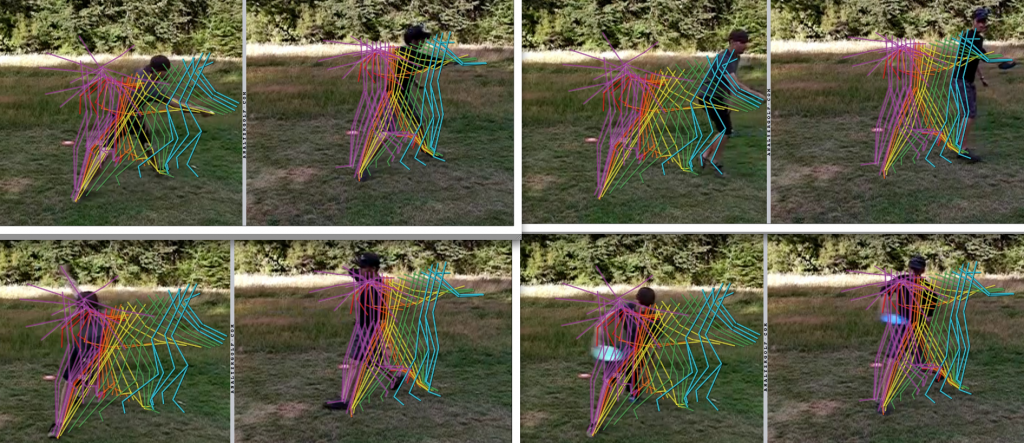Putt for D'oh
Double Eagle Member
fixed thatHis timing is flawless *snip*
THAT is key here!
I think this is the true key.
Everything works together so all parts mentioned form and follow thru and forward momentum and the brace.
If the timing is off everything else is moot. Granted you can't say someones form is perfect if their timing is bad, but you can have someone with perfect angles and everything on a pure planes but if the timing is off? throw doesn't work. Same as momentum into the brace. The mechanics can be there but without the timing it isn't actually bracing.




